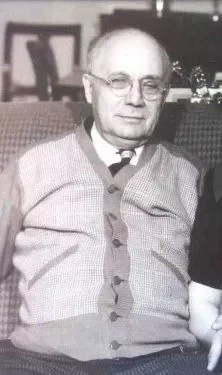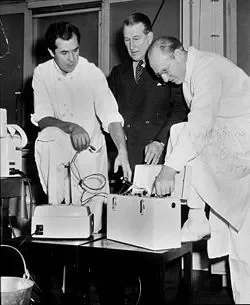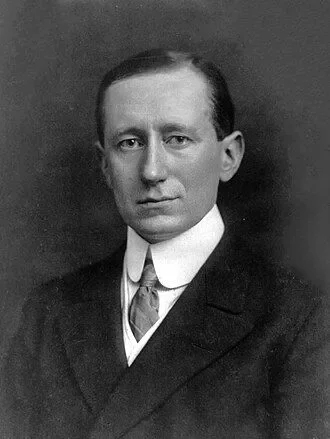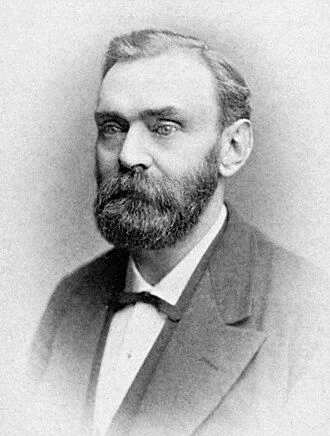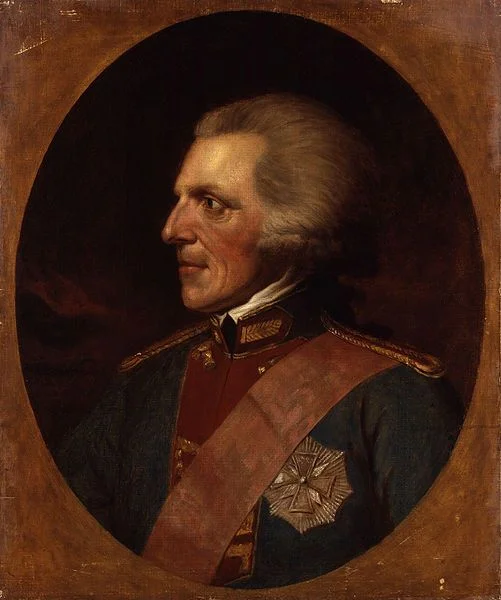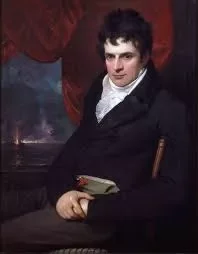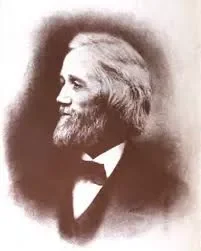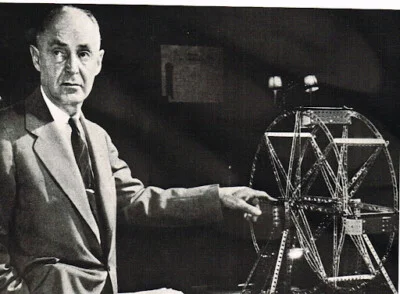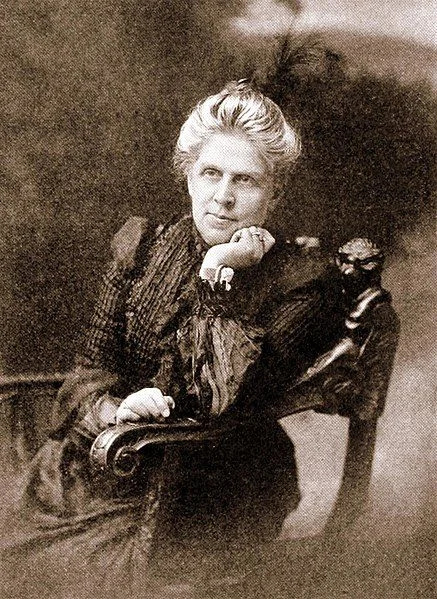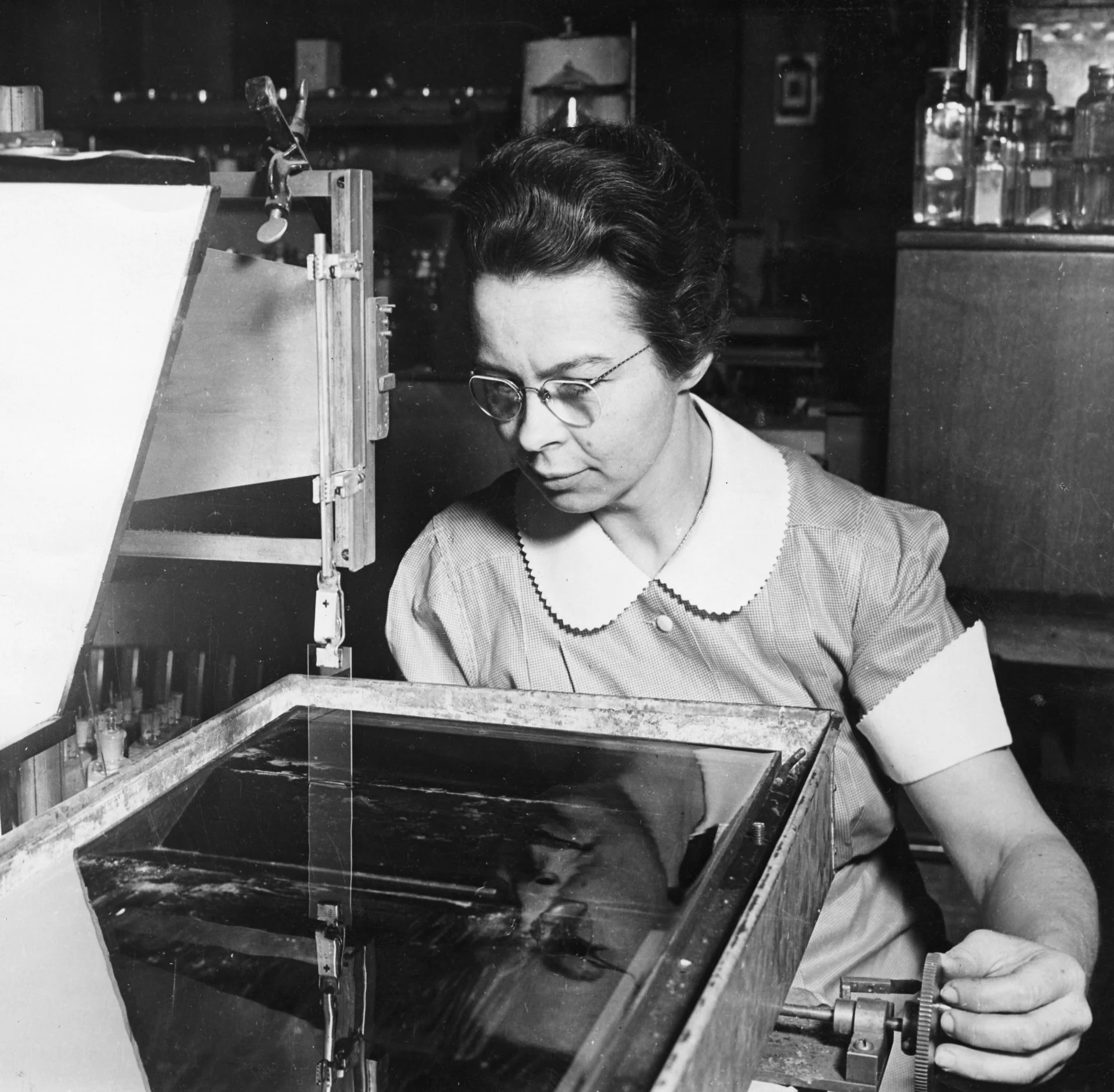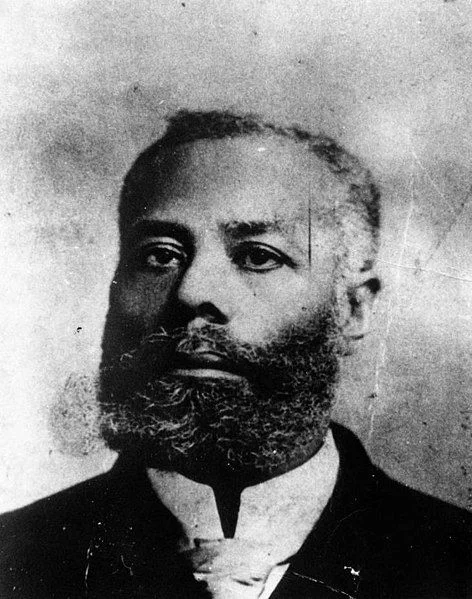Real Celebrities Never Die!
OR
Search For Past Celebrities Whose Birthday You Share

source:wikimedia.org
John Wesley Hyatt
Birthday:
28 Nov, 1837
Date of Death:
10 May, 1920
Cause of death:
Natural causes
Nationality:
American
Famous As:
Industrialist
Age at the time of death:
82
John Wesley Hyatt Early Life and Career
John Wesley Hyatt was born in Starkey, New York on November 28, 1837. He grew up to be a prolific American inventor, creating celluloid which revolutionized synthetic materials.
Hyatt’s lack of formal education was overcome by his natural curiosity and inventive spirit. When he was 16, he started working as a printer, exposing him to different materials and techniques. This early exposure to different substances likely sparked his interest in developing new materials.
The Birth of Celluloid
Back in 1863, a billiards company in New York was willing to pay $10,000 to whoever invented a good alternative to ivory billiard balls. This challenge grabbed Hyatt’s interest and led him on a journey that would alter his life and the manufacturing industry.
After extensive experimentation, John Wesley Hyatt, together with his brother Isaiah, uncovered a method of creating a moldable substance by blending nitrocellulose, camphor, and alcohol, and then heating the concoction under pressure. In 1870, this substance was patented and given the name “celluloid” in 1872. This was the beginning of marking commercially successful synthetic plastics.
The Celluloid Manufacturing Company
The Hyatt brothers founded the Albany Dental Plate Company in 1870, seeing the potential in their invention. At first, their main focus was on creating denture plates. In 1872, they moved their operation to Newark, New Jersey, and renamed it the Celluloid Manufacturing Company. It became the primary celluloid producer in the world. Celluloid is used in a variety of items, from billiard balls to piano keys.
John Wesley Hyatt Other Inventions and Achievements
Hyatt’s inventive spirit didn’t stop with celluloid. Throughout his career, he secured nearly 238 patents for various inventions, including:
- The first injection molding machine
- Improvements to sugar cane mills
- A multiple-stitch sewing machine
- The Hyatt roller be aring
- A water purification system known as the Hyatt filter
John Wesley Hyatt's Quote's
Later Career and Legacy
Hyatt founded the Hyatt Roller Bearing Company in 1892, and it was later bought by General Motors in 1916. His inventions had a lasting effect on a variety of industries, from automotive to water treatment.
Hyatt’s contributions to science and industry were widely recognized. In 1914, he was awarded the Perkin Medal for his contributions to applied chemistry, and after his death in 1975, he was honored with induction into the National Inventors Hall of Fame.
Personal Life and Death
In 1869, Hyatt married Anna Elizabeth Taft, and they had two sons. Even with numerous professional accomplishments, Hyatt remained humble and unpretentious.
John Wesley Hyatt died in Short Hills, New Jersey, on May 10, 1920, at 82 years old. The plastic products we use daily are a lasting reminder of his influential work in synthetic materials.
The story of Hyatt is marked by curiosity, persistence, and ingenuity. The simple challenge of replacing ivory billiard balls initiated a revolution in materials science that continues to impact our world today.
Name:
John Wesley Hyatt
Popular Name:
John Wesley Hyatt
Gender:
Male
Cause of Death:
Natural causes
Spouse:
Place of Birth:
Starkey, New York, United States
Place of Death:
Short Hills, New Jersey, United States
Occupation / Profession:
Personality Type
Entrepreneur: Smart, energetic and very perceptive people, who truly enjoy living on the edge. Hyatt demonstrated practicality, problem-solving skills, and adaptability
He developed celluloid in response to a contest to create a billiard ball that could replace ivory
His invention of celluloid enabled significant advancements in photography and cinematography
He collaborated closely with his brother, Isaiah, on many inventions
Celluloid was the basis for early motion picture film
Founder of the Albany Dental Plate Company and American Celluloid Company
Invented celluloid, the first commercially successful plastic material
Recipient of the Perkin Medal in 1914 for his contributions to the field of applied chemistry
Held over 200 patents across various industries, including plastics and machinery
